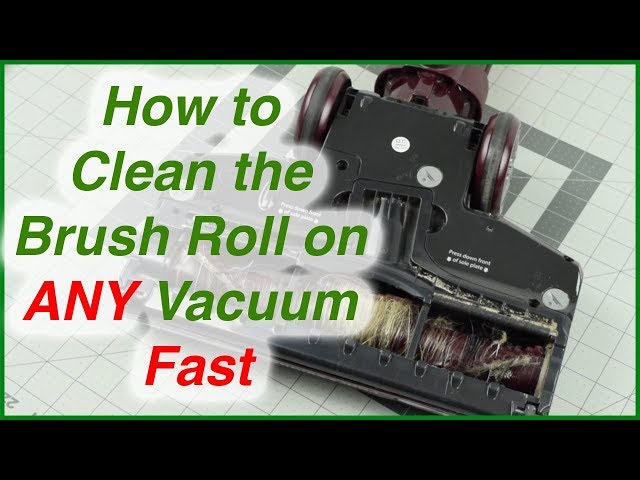10 years of experience as a food machinery equipment manufacturer
10 years of experience as a food machinery equipment manufacturer
Keeping your vacuum cleaner’s roller functioning efficiently requires proper maintenance. Over time, hair, threads, dust bunnies, and debris inevitably accumulate around the brush roller, potentially leading to reduced suction power, strange noises, or even complete jams. For beginners unfamiliar with vacuum mechanics, cleaning this essential component might seem complex, but several straightforward methods exist.

Prior to any cleaning attempt, safety is paramount. Always unplug the vacuum cleaner from the electrical outlet to eliminate any risk of electric shock. Consult your owner’s manual for specific instructions on accessing your model’s roller assembly; common locations include underneath the vacuum head or behind a removable cover.
Gather these basic tools:
This method minimizes moisture contact and is generally considered the safest starting point.
For rollers with sticky residue or where fine dust clings persistently, a slightly damp approach might be necessary.
Regular cleaning extends the roller’s life and maintains vacuum performance. Clean the roller:
Following these simple, step-by-step methods allows beginners to effectively clean a vacuum roller without causing damage. Consistent maintenance prevents larger issues and ensures your vacuum cleaner operates effectively for a longer lifespan. Remember to handle tools with care, prioritize safety by unplugging, and always allow components to dry completely before using the appliance.
